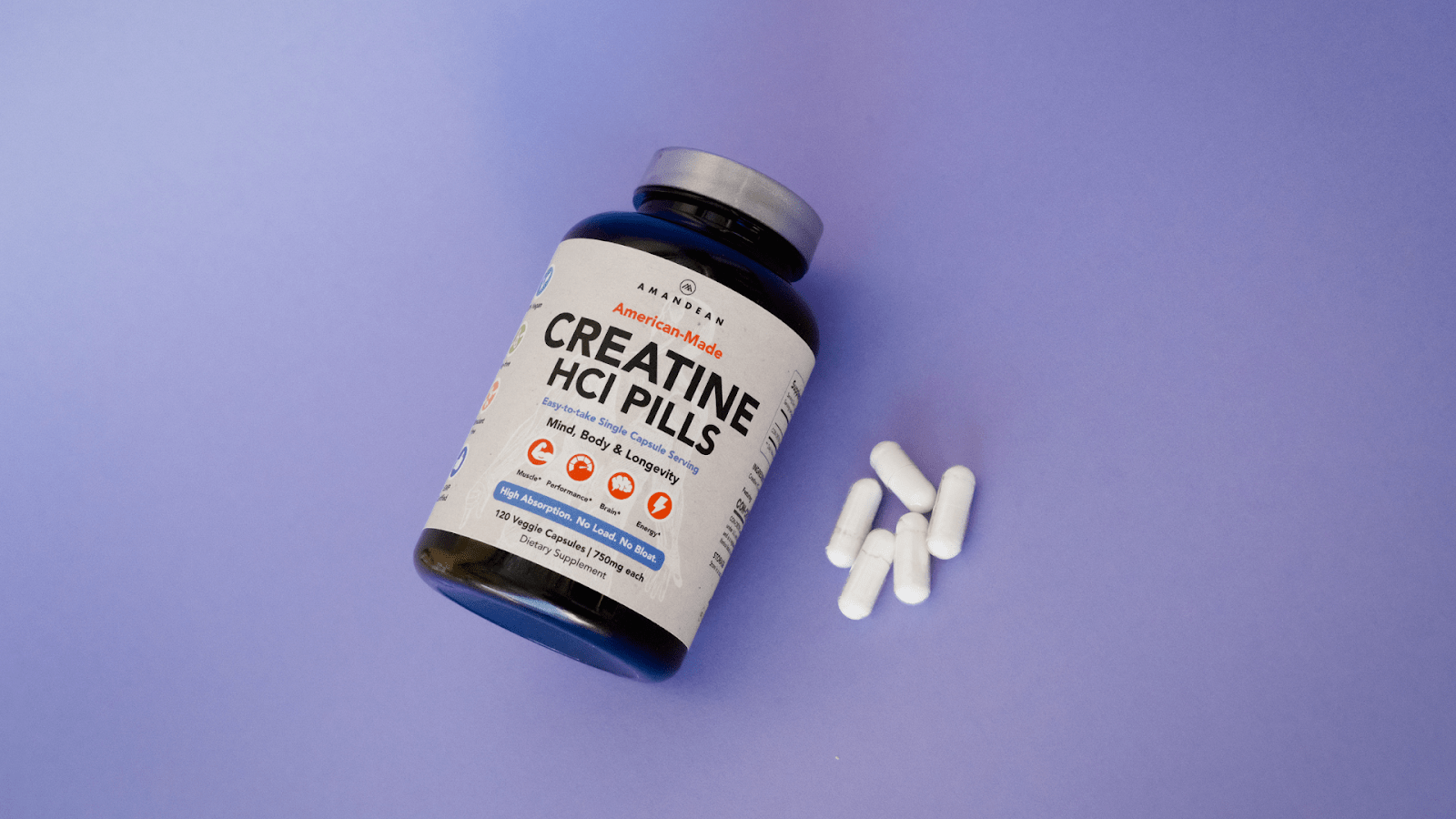Your Cart is Empty

September 07, 2021 7 min read
I'm a big believer in setting intentions and beginning the day with a slow and steady morning routine. I'm not the only one - Benjamin Franklin and Michelle Obama both had morning routines that were more than just a mad dash of getting ready and diving into work. They were part of their daily self-care (even if the term had not yet existed).

With that said, there are many things that can make some mornings especially hard to get out from under the covers. Looming projects, social anxiety, and the threat of mundane daily chores can have you waking up with anxious thoughts and dread toward your day. These feelings of anxiety aren't easy to shake off either.
Sometimes it's easy to draw the connection between your morning anxiety and certain events. Perhaps you have an 8 AM exam you spent all week studying for, or maybe you're about to face a tough conversation with a client or coworker. In other cases, and especially if you are consistently waking up feeling anxious, it can be a sign of a generalized anxiety disorder (GAD). Typical symptoms of anxiety include:
Take our quiz and find which supplements your body is craving.


The truth is, after more than a year in a global pandemic, many of us are quite familiar with these feelings. According to one study, during the pandemic 41% of all adults reported symptoms of anxiety and depression compared to just 11% the year before. Many of us are also suffering from “pandemic brain fog”, feeling out of it and having trouble concentrating. On top of a global pandemic, daily stressors such as work, child care, relationships, and life events (like getting a new job, losing a job, death of loved ones, moving, and more) can remain top of mind and cause anxiety. People with excessive anxiety in their lives are more likely to wake up feeling stressed and anxious due to high levels of the stress hormone cortisol, AKA the cortisol awakening response.
Instead of staying in bed until the very last minute scrolling on social media or worrying about the day, here is a simple and quick 25-minute morning routine to set you up for better, anxiety-free days.
Waking up anxiety-free starts with what you do the day and night before. Completely eradicating stressors from your life is nearly impossible. However, there are things a healthcare professional can help you with in order to manage and work through difficult feelings. They may give you specific medical advice and recommend medicines to manage anxiety or suggest psychiatry, cognitive behavioral therapy (CBT), and/or relaxation techniques such as deep breathing you can use throughout the day to nip anxiety in the bud. In addition to medical intervention, by making simple lifestyle changes like the ones listed below, it may help to refresh your routine and improve your ability to manage anxiety and common stressors.

It's not always practical to leave 3 hours for contemplation and breakfast like Benjamin Franklin recommends. That's why we created this routine to be easy, approachable, and quick. Leave at least 25 minutes to complete this routine and add onany additional time it takes you to get ready for your day (breakfast, getting dressed, grooming, shower, etc.) The key is to ease into your day and make this a time for self care, avoiding the frantic pace that often happens when you don’t have a morning plan.


Your environment has a huge influence on your mental state. Grounding yourself might not be the most practical option if you live in an apartment building or in a colder climate. If you can't get outdoors, try to change your scenery by choosing a space away from your home office. It's important to remove yourself from situations and areas that bring about stress, so this might mean staying in the bedroom or going to whatever room has the most natural light.
After this quick and simple routine, you should be feeling more prepared to get through the mundane parts of your morning like showering, eating, and getting dressed. Though it might seem like a waste of time, doing these simple things can get you in the mindset to work. Similarly, eating dinner or changing back into comfortable clothes can switch your mindset and delineate work from play.
Physical activity and simple mindfulness techniques can go a long way for your mental well-being, but they are not always a cure or even a sufficient way to manage a mental illness. If you are living with overwhelming and persistent anxiety, you don't have to accept it as the norm. Talk to a mental health professional who will be able to diagnose any mental illnesses and help get you on the right track to physical and mental wellness.
According to one study, during the pandemic 41% of all adults reported symptoms of anxiety and depression compared to just 11% the year before.
If you have trouble falling asleep, pad your bedtime with an extra hour to help your brain settle and relax, leaving you enough time for restful REM sleep.
Set a positive intention for the next day before you go to bed.
Hydrate and wake yourself up with some cool water.
If you can't get outdoors, try to change your scenery by choosing a space away from your home office.

December 12, 2025 7 min read
Achieve luscious locks with collagen for hair. Try Amandean’s premium collagen supplements for stronger, healthier hair.

December 12, 2025 10 min read
Collagen packets by Amandean make skin, joint, and hair support easy on the go. Learn how collagen packets work and upgrade your wellness routine today.

October 17, 2025 8 min read
Find out why creatine is better for vegans! Boost your wellness game and unlock peak performance with Amandean's premium supplements today.